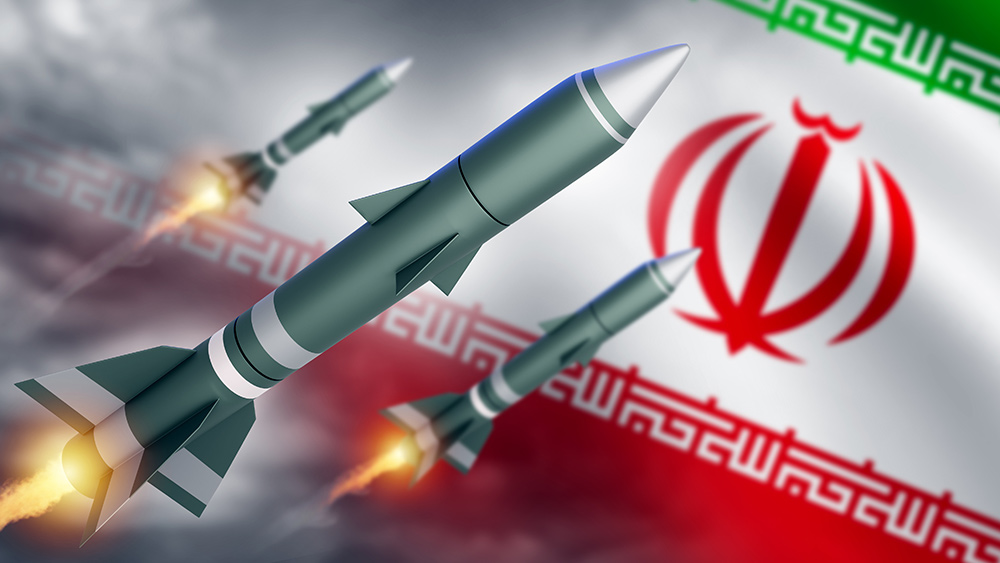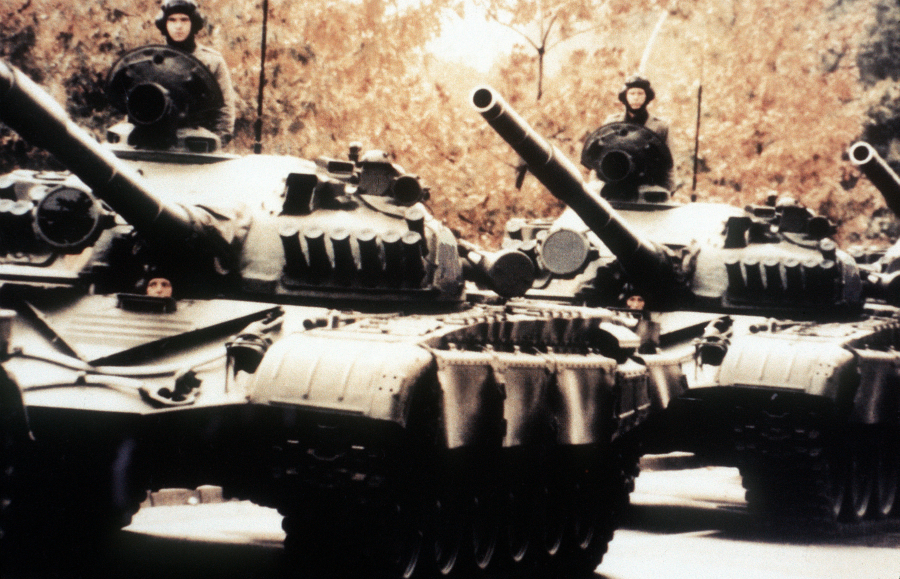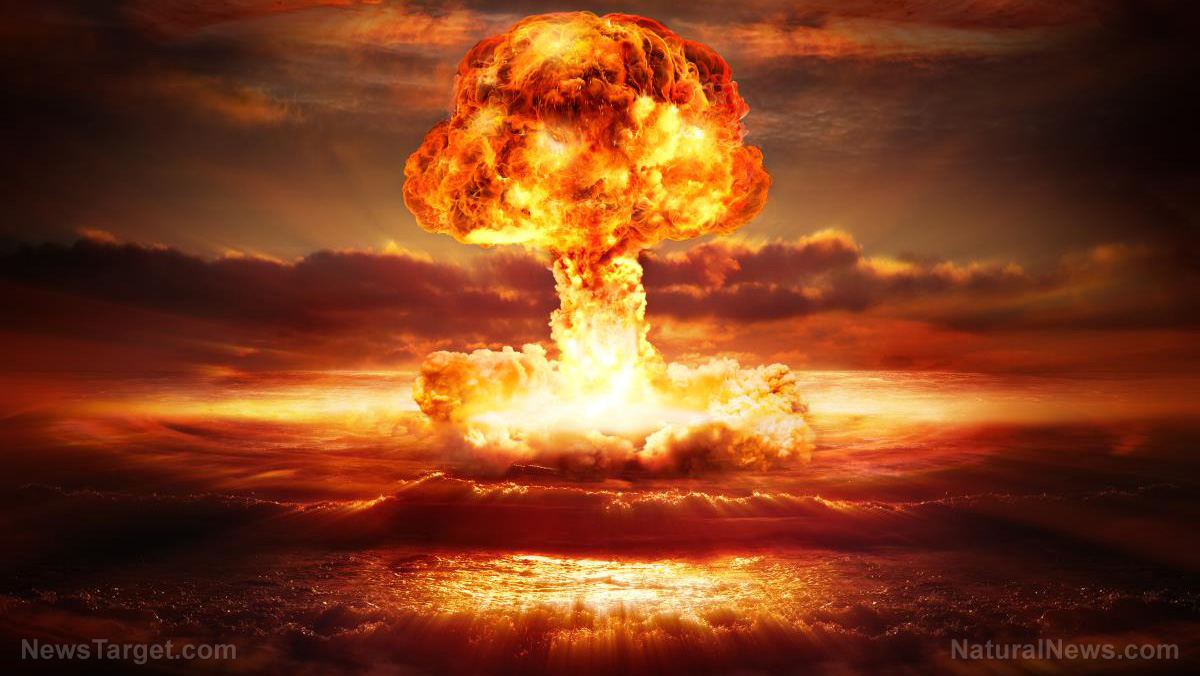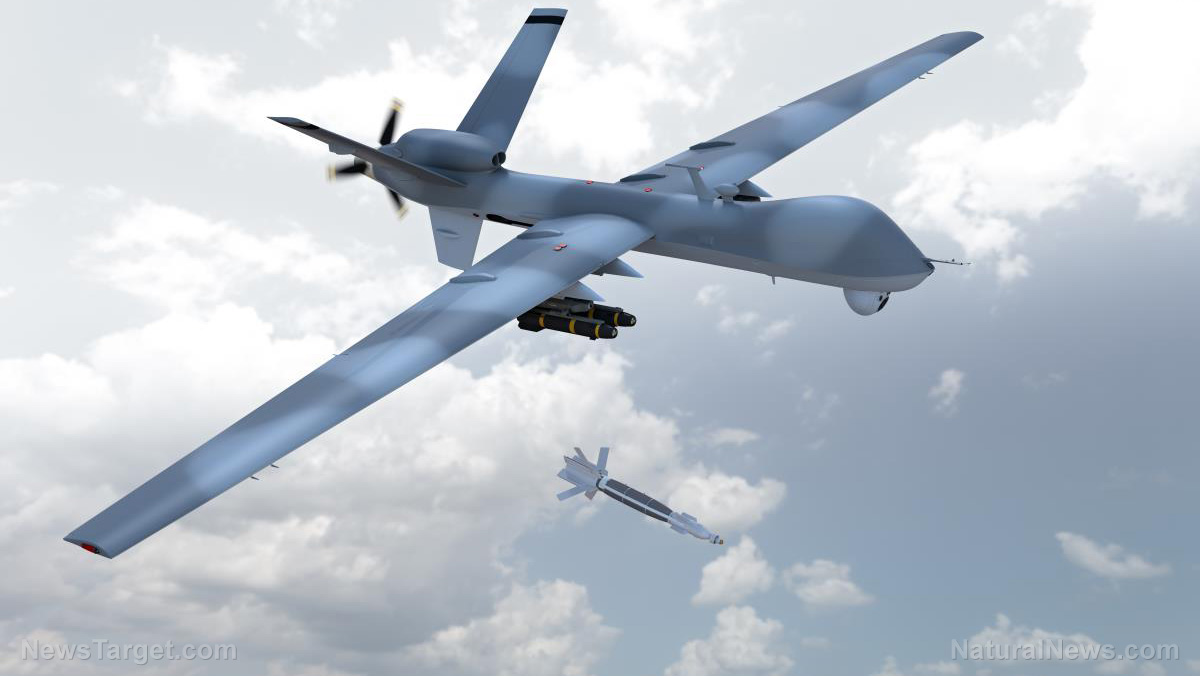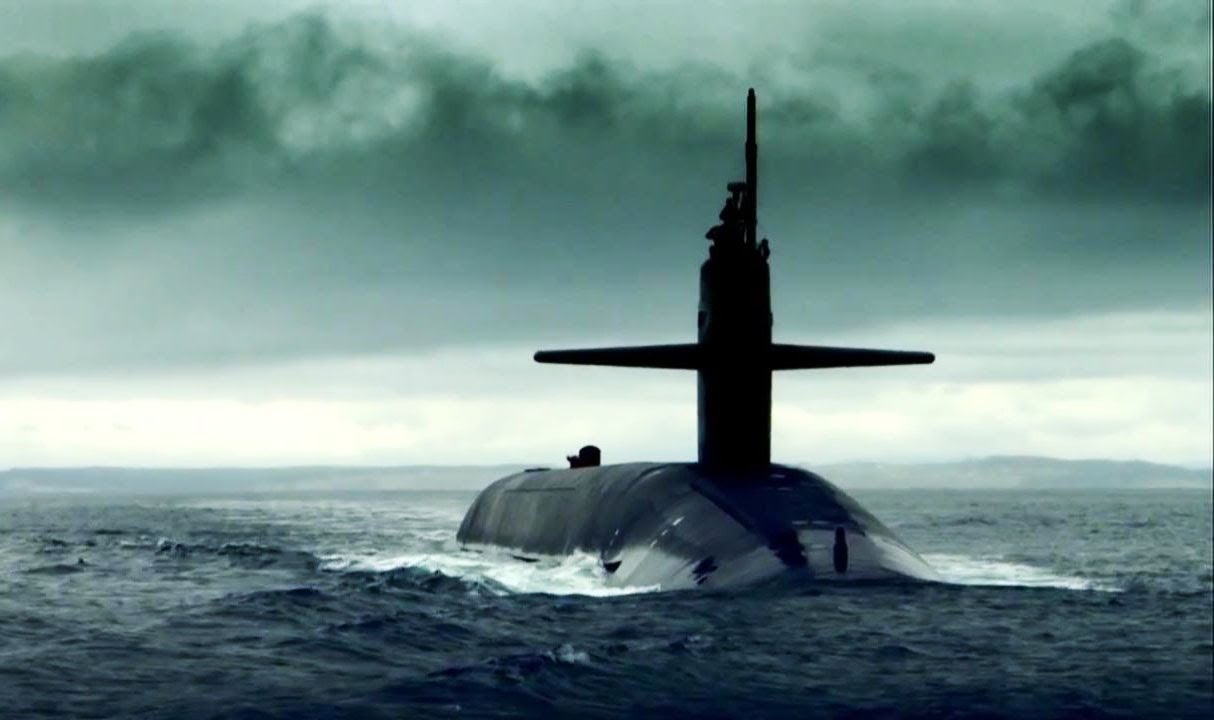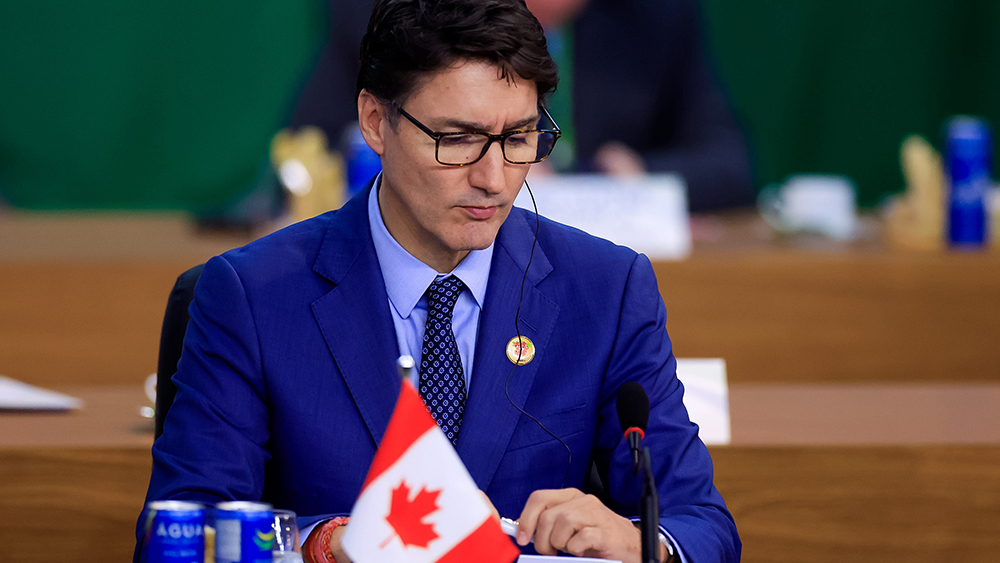Moscow flexes military muscle: Russia’s Oreshnik hypersonic missile strikes fear across NATO bloc and Ukraine
08/07/2025 / By Kevin Hughes
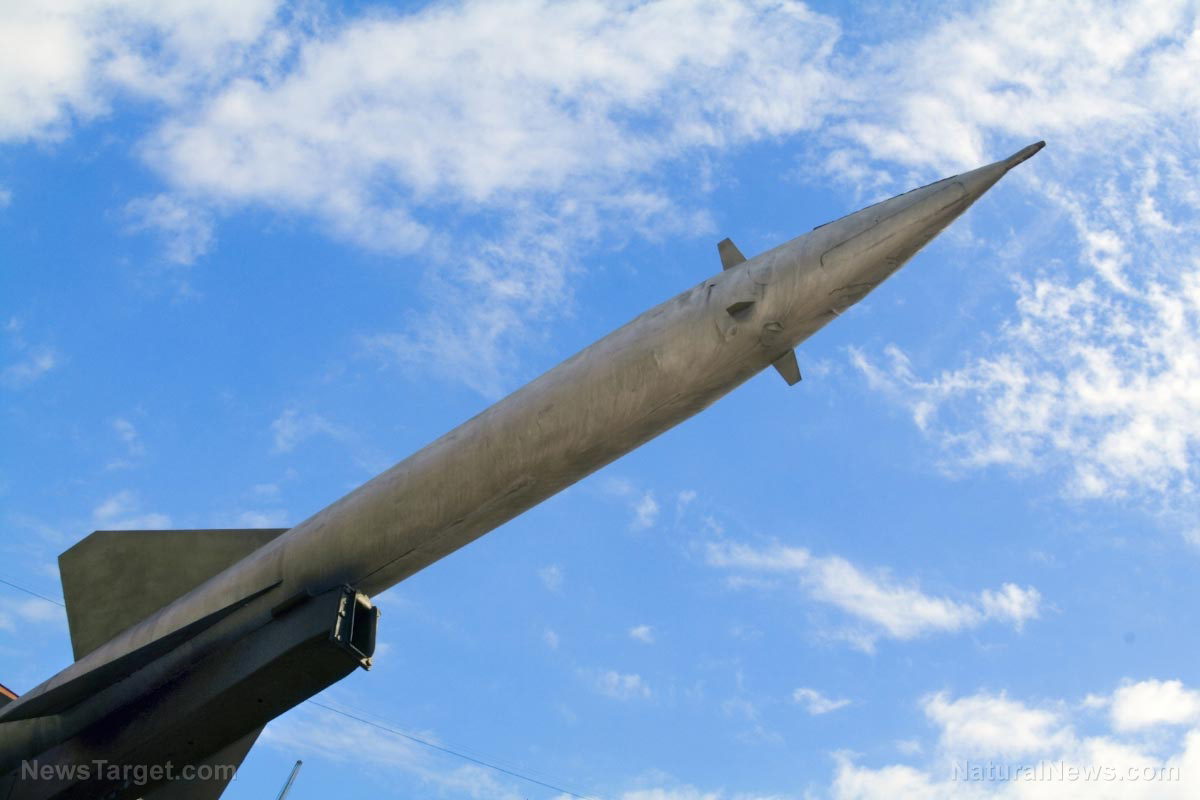
- Russia’s Oreshnik hypersonic missile poses an unprecedented challenge to NATO, capable of speeds exceeding Mach 10 and carrying multiple independently targetable warheads, making existing air defenses obsolete.
- The missile’s kinetic energy alone causes devastating damage, likened to a nuclear blast even with conventional payloads. Its ability to strike six targets simultaneously and penetrate bunkers forces a drastic shift in military calculations.
- The missile’s deployment has rattled Europe, with warnings it could hit Brussels in 17 minutes and Polish bases in 11 minutes – pressuring NATO and amplifying fears of escalation. Some European leaders may seek diplomatic offramps rather than confrontation.
- The Oreshnik’s dual conventional/nuclear payload capability blurs retaliation thresholds, aligning with Putin’s escalation doctrine. Russian officials explicitly warn NATO of “catastrophic damage” within minutes if countered.
- Plans to supply Belarus with Oreshniks signal Russia’s readiness for long-term confrontation, leaving NATO to reassess deterrence strategies against Moscow’s solidified hypersonic advantage. Diplomatic solutions may dwindle as military threats intensify.
Russia’s recent deployment of its advanced Oreshnik hypersonic missile has sent shockwaves across the North Atlantic Treaty Organization (NATO) bloc and Ukraine, raising fears of an irreversible shift in the balance of power.
The weapon is capable of reaching speeds exceeding Mach 10 and carrying multiple independently targetable warheads. It poses an unprecedented challenge to existing air defenses and signals Moscow’s willingness to escalate tensions with the West.
The Oreshnik (Russian for “hazelnut tree”), first tested in a devastating Nov. 21, 2024 strike on Ukraine’s Yuzhmash defense facility in Dnipro, represents a technological leap in warfare. Russian President Vladimir Putin lauded the missile’s unparalleled capabilities in a televised address, describing it as immune to interception and capable of delivering strikes comparable to a nuclear blast – even with conventional payloads.
Putin declared that the missile flies to its target at Mach 10 “like a meteorite.” It inflicts such damage that it could be likened to the use of strategic nuclear weapons. (Related: Putin’s “unstoppable” Oreshnik missile: A dangerous gamble or empty threat?)
Footage of the Dnipro attack showed six plasma-engulfed warheads slamming into the ground in seconds, their kinetic energy alone wreaking havoc. Ukrainian intelligence confirmed the missile carried 36 submunitions, designed to obliterate hardened targets – even deep underground bunkers.
Former U.S. Department of Defense (DoD) analyst Michael Maloof told RT that the Oreshnik fundamentally alters the military calculus: “There’s no defense against that. It absolutely shifts the balance of power overwhelmingly in favor of Russia.”
The U.S. lacks operational hypersonic missile defenses, leaving Ukraine and NATO exposed to potential strikes with mere minutes of warning. Given this, the Oreshnik’s debut has exacerbated Europe’s anxieties about entanglement in the Ukraine war.
Jim Townsend, a former U.S. defense official, noted in Foreign Policy that EU nations are “not ready for war over Ukraine” and were rattled by the Oreshnik test. Some European leaders, he suggested, might welcome a Trump-mediated peace deal to avoid further military spending and escalation.
Russian officials have not shied away from leveraging the missile’s psychological impact. Dmitry Medvedev, deputy head of Russia’s Security Council, warned NATO capitals that Oreshnik strikes could deliver “catastrophic damage” within minutes.
“Bomb shelters will not save you,” added Medvedev, who served as Russian president between 2008 and 2012. State media amplified the threat, boasting the missile could hit Brussels in 17 minutes and Polish airbases in 11.
A broader warning to NATO
The Oreshnik’s deployment coincides with Putin’s tougher nuclear doctrine, which lowers the threshold for atomic retaliation. Kremlin adviser Sergei Karaganov framed the missile as a tool for controlled escalation: “We will warn [NATO] that if they respond to an attack, a nuclear strike would follow.”
Experts argue Russia is sending a dual message: Deterring Western support for Ukraine while pressuring U.S. President Donald Trump to prioritize diplomacy. “This is a very powerful message being sent,” said Townsend, adding that Moscow is showing how serious and angry it is.
Unlike earlier Russian missiles such as the Kinzhal, the Oreshnik’s intermediate range of up to 5,500 kilometers (3,417 miles) allows strikes across Europe without crossing the nuclear threshold. However, its ambiguity creates a perilous deterrent scenario; potential nuclear payloads are indistinguishable from conventional ones.
Ukrainian officials downplayed the missile’s battlefield impact, emphasizing that the Yuzhmash strike caused no fatalities. Still, Kyiv’s Western backers recognize the strategic disruption. The DoD confirmed the Oreshnik’s lineage from Russia’s RS-26 ICBM, now repurposed in violation of defunct arms treaties.
As Putin hinted at supplying Oreshniks to Belarus, analysts warn NATO must brace for a new phase of confrontation. With Moscow’s hypersonic advantage solidified, diplomatic offramps may narrow – leaving the West to weigh deterrence against the specter of unchecked escalation.
Watch American missile technology expert Theodore Postol pointing out that there is no missile defense system in the world that can intercept the Oreshnik.
This video is from The Prisoner channel on Brighteon.com.
More related stories:
Putin claims Oreshnik missile reduces need for nuclear weapons.
Russian state media says Oreshnik missiles can hit American bases within minutes.
Sources include:
Submit a correction >>
Tagged Under:
Belarus, chaos, collapse, dangerous, Dmitry Medvedev, Donald Trump, Europe, Kinzhal, Kremlin, Kyiv, military tech, military technology, Moscow, national security, NATO, Oreshnik, Pentagon, Russia, Ukraine, United States, US, violence, Vladimir Putin, weapons technology
This article may contain statements that reflect the opinion of the author
RECENT NEWS & ARTICLES
COPYRIGHT © 2018 MILITARYTECH.NEWS
All content posted on this site is protected under Free Speech. MilitaryTech.news is not responsible for content written by contributing authors. The information on this site is provided for educational and entertainment purposes only. It is not intended as a substitute for professional advice of any kind. MilitaryTech.news assumes no responsibility for the use or misuse of this material. All trademarks, registered trademarks and service marks mentioned on this site are the property of their respective owners.



